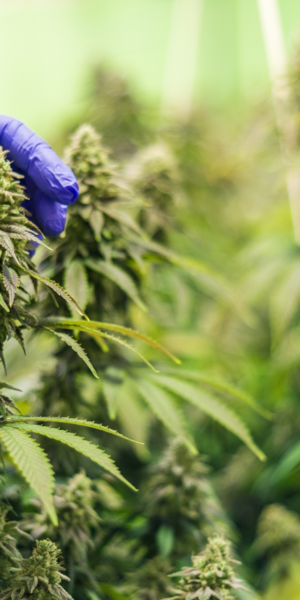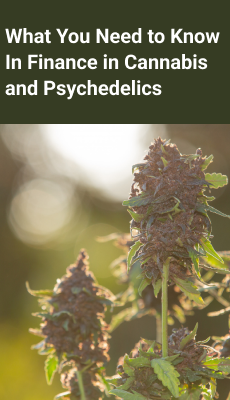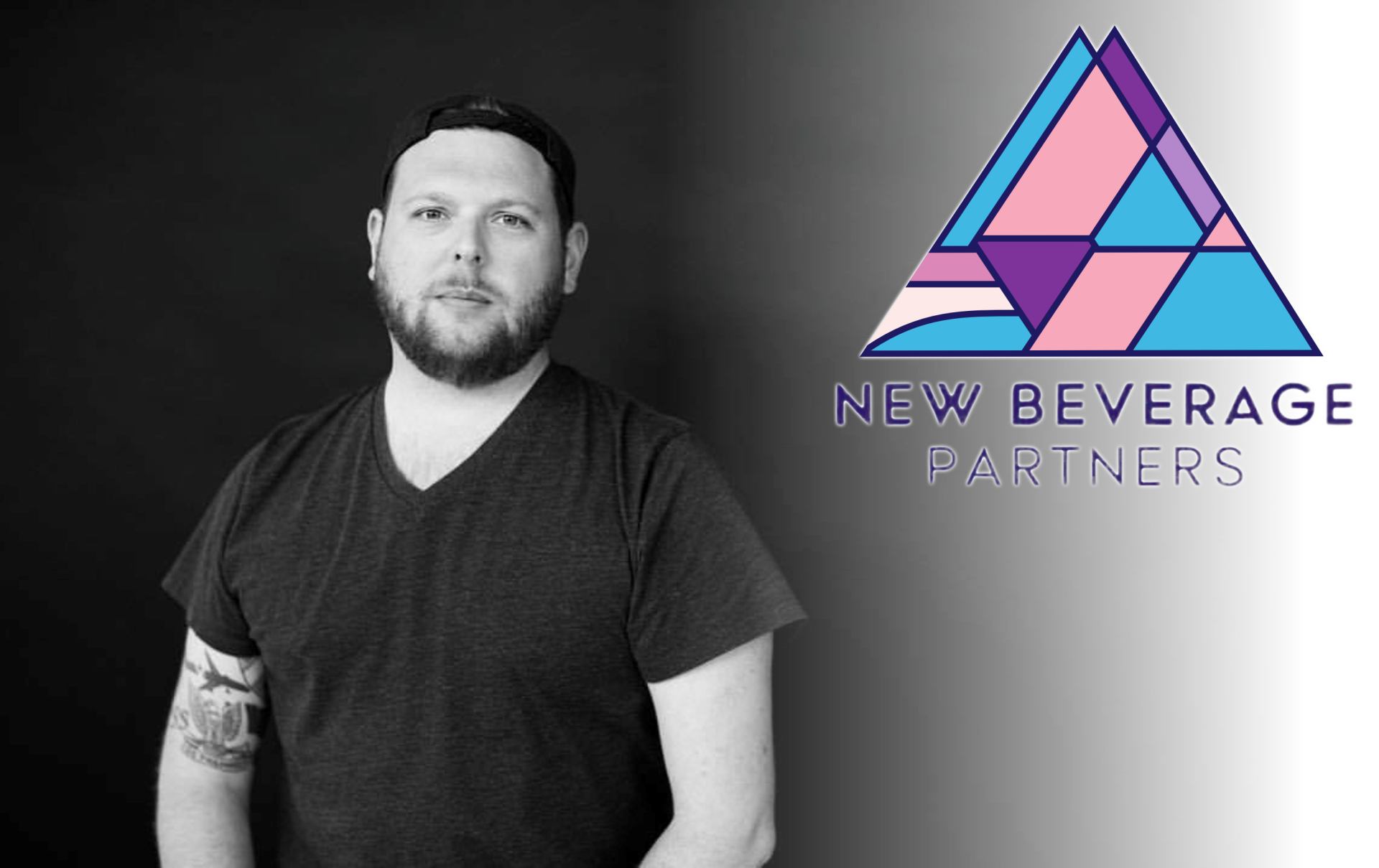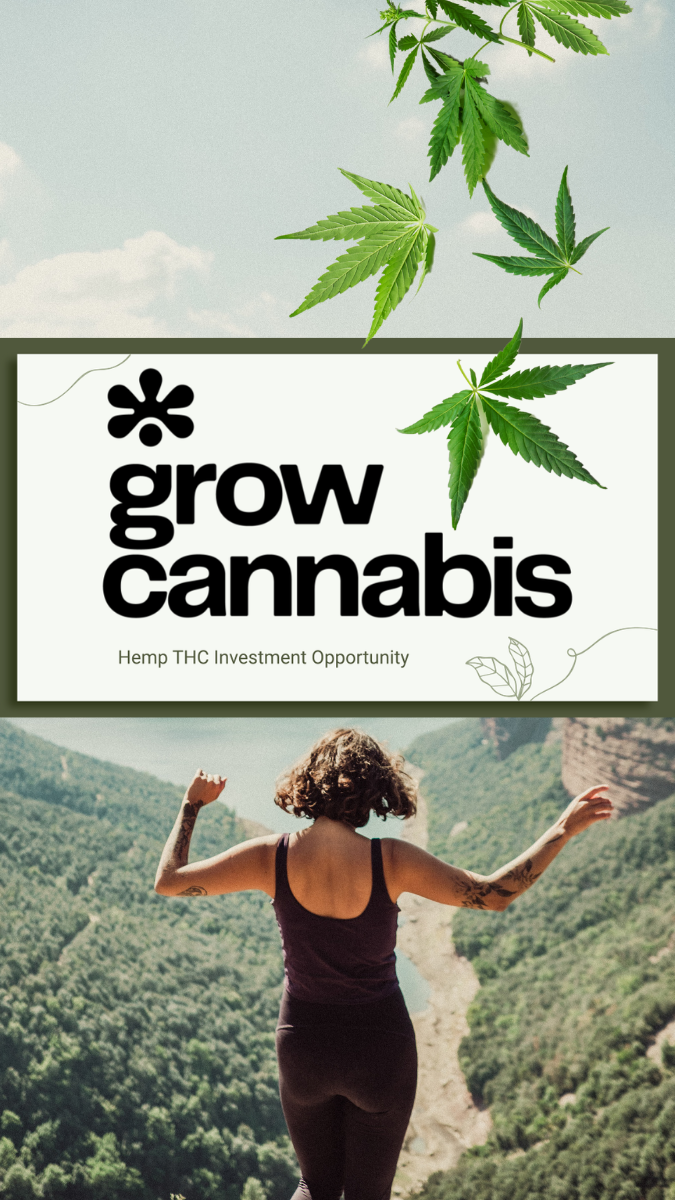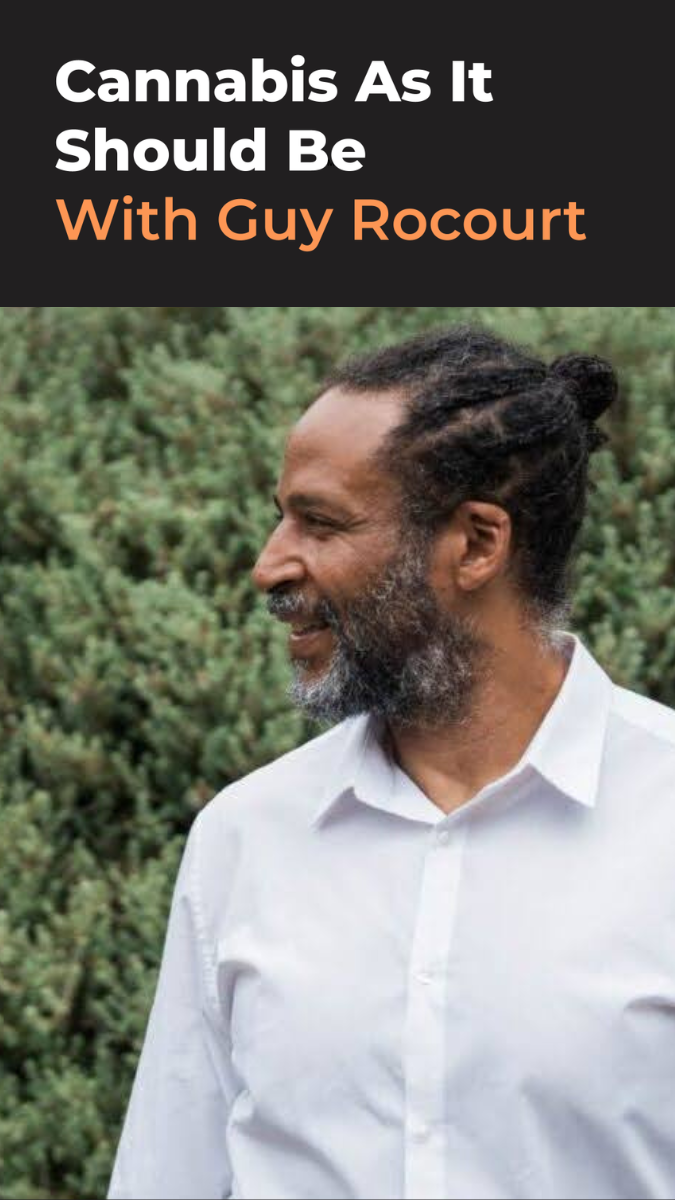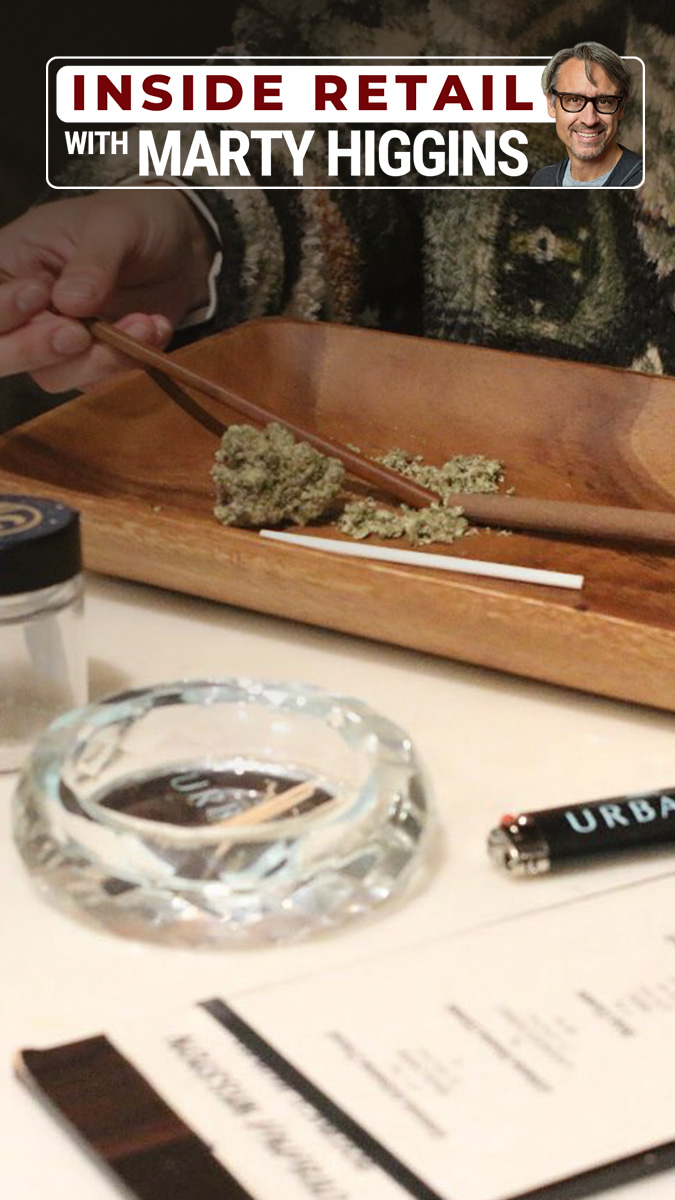Week in Review: Cannabis & Psychedelics Industry Highlights
LOS ANGELES – Executives and operators in the Cannabis and psychedelics sectors wrapped up another fortnight with a mix of regulatory headwinds, financial maneuvers, and market validations that underscore the sector’s resilience.
From bipartisan efforts to safeguard youth exposure to breakthroughs in debt management and explosive sales in new recreational states, these developments reveal a business environment where calculated risks yield tangible progress. Investors took note of accessibility gains on trading platforms, while policymakers grappled with supply realities and therapeutic potentials. This period highlights how operators are adapting to constraints while capitalizing on demand signals, setting the stage for measured expansion through 2026.
Federal and state enforcers forged common ground on protecting minors from appealing Cannabis promotions, while policy advocates pressed for controlled access to psychedelics therapies. On the therapeutic front, Governor Gavin Newsom enacted Assembly Bill 1103, streamlining Research Advisory Panel approvals for Schedule I and II studies on Cannabis and psilocybin through 2028, enabling faster trials for PTSD and opioid dependencies via delegated reviews and virtual panels. Complementing this, a former New York narcotics prosecutor advocated for psilocybin therapy legalization during an October legislative session, citing personal relief from chronic pain and proposing facilitator-led programs with veteran grants to address first-responder trauma. A McLaughlin & Associates poll bolsters these moves, revealing 72% voter approval for legal hemp under strict guardrails like age verification and child-proofing. These alignments mitigate risks [illicit shifts or equity shortfalls] while building evidentiary foundations; operators embedding safeguards early gain regulatory goodwill, potentially unlocking federal synergies that amplify therapeutic credibility.
Multistate players executed bold maneuvers to alleviate balance sheet pressures, blending asset sales with flexible borrowing to fortify positions ahead of 2026 maturities. AYR Wellness initiated an Article 9 public auction, targeting a November 10 close where senior noteholders could claim $387 million in credits for Florida and Ohio assets, backed by a $50 million bridge at 14% interest to halve its $946.7 million debt load without Chapter 11 entanglements.
Parallelly, Curaleaf secured a landmark $100 million revolving facility [the sector’s largest] from Needham Bank. Verano’s concurrent $75 million draw underscores a broader trend in revolving lines, real estate-secured tools that slash interest from 15% of revenues to under 9%, providing draw-down buffers for inventory and opportunistic plays.
These instruments signal lender confidence in cash predictability, covering fractions of the $6 billion maturity cliff yet offering agility over rigid loans. Critically, they reward operational discipline: firms like Curaleaf, eyeing 5% growth in a $40 billion U.S. arena, convert liquidity into margin expansion, modeling paths for peers to navigate volatility without dilution.
U.S. Cannabis gained retail investor traction through platform integrations, while data consolidations sharpened competitive edges in deal-making. Glass House Brands became the first domestic stock available on Robinhood, surging 6.9% to $8.71 with spiked volume, exposing its 6% California share to 25 million users, potentially 50-60% more buyers from tech-savvy cohorts. In parallel, Emerald Intel acquired Cannabiz Media, fusing license databases with executive networks for 27-country intel and 75,000 permit records, streamlining M&A scouting and compliance in flux. Cost efficiencies here position it as a go-to for navigating 360+ New York rivals or Panama entries, where precise data turns regulatory noise into acquisition alpha. Together, these upgrades democratize entry and intel, fostering capital inflows that could compress the sector’s 20-30% discount to benchmarks by mid-2026.
Newly legal states delivered blockbuster figures, with targeted retail builds amplifying consumer capture amid seasonal variances. Ohio eclipsed $1.2 billion in total Cannabis sales since its August 2024 recreational debut, including $871 million adult-use through October, averaging $40 million monthly on 138,612 pounds of flower and $332 million medical, on pace for $60 million in excise taxes. Verano’s Antwerp train depot dispensary launch capitalized on this, blending historic charm with high-traffic draws to diversify beyond flower.
Missouri countered with a September dip to $118.9 million [down 9% monthly but up 1.5% yearly] driven by $105.5 million adult-use and pre-rolls soaring 28% to $16.5 million, pushing nine-month totals to $1.13 billion toward a 2024-beating $1.46 billion.
FLUENT’s New York rebrand unified Manhattan, White Plains, and Kingston sites post-acquisition, tying to in-house Buffalo cultivation for loyalty lifts in a $6 billion field.
MariMed’s licensing pact with Bronx’s Farm 2 Hand readies Betty’s Eddies and Bubby’s for 2026 rollout via equipped kitchens, mirroring Virginia’s double-digit boosts without full infrastructure bets.
Planet 13’s 33rd Florida dispensary in DeLand, near Stetson University, serves 917,000 patients with online ordering to counter 20-30% cost rises, priming for 2026 votes.
These footholds [density-driven in Ohio and Missouri, brand-leveraged in New York] highlight diversification’s role in sustaining 89% adult-use penetration, pressuring federal holds with proven tax hauls.
Convenience formats and low-alcohol alternatives gained ground, signaling generational swaps that erode legacy rivals’ dominance. Pre-rolls seized 39% of Canadian units at $1.27 billion in 2024, averaging $18.43 via infused variants, with U.S. echoes at $4.1 billion (15.9% share) up 11.89% yearly, Jeeter leading at $245 million through $9.50 automation pricing, forecasting 2030 supremacy on 61% joint favoritism.
Alternaleaf’s UK launch of Cannabis consultations for endometriosis and perimenopause, using oils and edibles without GP hurdles, taps 630,000 NHS backlogs and 80% physician openness, filling diagnosis voids with evidence-building potential.
Hemp THC drinks drew fire and footing alike: alcohol titans like Anheuser-Busch and Diageo lobbied Farm Bill caps on delta-8 potency in Q3, guarding $250 billion turf from a $382 million segment eyeing $750 million by 2029, as 80% users trim booze and volumes rise 15%.
Circle K’s 2026 national push for Allen Iverson seltzers in 3,000 stores, starting Q4 2025 pilots, leverages 10 million daily visits for 20-30% convenience slices under hemp legality.
Heritage Distilling’s tasting room closures, shifting to contracts amid tax squeezes, reflect this pull – Target’s THC stocking mirroring Jack Daniel’s dips. These trends expose substitution economics: Cannabis operators allying on hybrids could claim beverage shares, turning lobby clashes into crossover wins.
Demand surges clashed with bottlenecks, prompting import hikes and venture entries to balance flows. Minnesota’s adult-use launch stalled on wholesaler shortages and Metrc glitches, stranding non-tribal retailers despite 40 licenses, as four suppliers [tribals and incumbents] hoard a $430 million pie, delaying to 2026 with sub-10% margins for independents.
Globally, Europe’s frenzy tightens U.S.-bound links in a $40 billion forecast, squeezing cultivator margins to 20-30% unless pharma-certified.
Germany countered with a BfArM quota jump to 192.5 tons from 122, matching H1’s 400% import leap to 71 tons (mostly Canadian) for €150 million and 700,000 patients.
Tilray Medical’s Panama joint with Solana Life Group secures full-spectrum licenses post-2021 reforms, eyeing Latin America’s $1.9 billion medical arena for $10.52 billion by 2033 via cannabinoid focus and Colombian proximity.
Manitoba’s $170.1 million Cannabis tally climbed 10.7% yearly with $47.3 million profits (up 20%), outrunning liquor’s 1.6% via 24 new stores and 20% extracts growth, hitting 19% revenue parity with lotteries.
Veteran-focused psychedelics trials and market outlooks highlighted evidence-driven upside. Former Texas Governor Rick Perry endorsed ibogaine research at an October 20 Dallas screening, leveraging his 2023 Mexico experience to champion a $50 million state fund against 6,000 annual veteran suicides, balancing heart risks with PTSD proofs and 20% revenue incentives.
A Research and Markets forecast pegs global Cannabis at $151.72 billion by 2033 from $39.1 billion, at 16.26% CAGR, powered by North American medical-recreational blends in Virginia and Florida, with policy and pain therapies claiming three-quarters.
Australian experts warned the TGA against medicinal restrictions, fearing a $5 billion illicit surge and investor exodus from a $1.2 billion legal stream by 2028, urging tiered approvals with data fills.
HCN Insight
At Highly Capitalized Network, we see the debt innovations and sales surges of this period as harbingers of a sector tipping into efficiency mode, where revolving credit lines not only buffer maturities but also fund targeted retail, potentially lifting EBITDA margins in high-density states.
Overall, this fortnight distills a sector wielding precision amid pressures: policy guardrails fortify trust, financial tools unlock agility, and sales validations affirm demand’s pull. Analytics reveal 16% CAGR anchors, yet sharper reads on pre-roll efficiencies and hemp frictions yield alpha – adaptable companies outpace through compliant scaling. Psychedelics’ evidentiary surge adds therapeutic depth, diversifying beyond recreation. Stakeholders poised to integrate these vectors command the field where sustained execution promises investor yields and patient access in equal measure.











